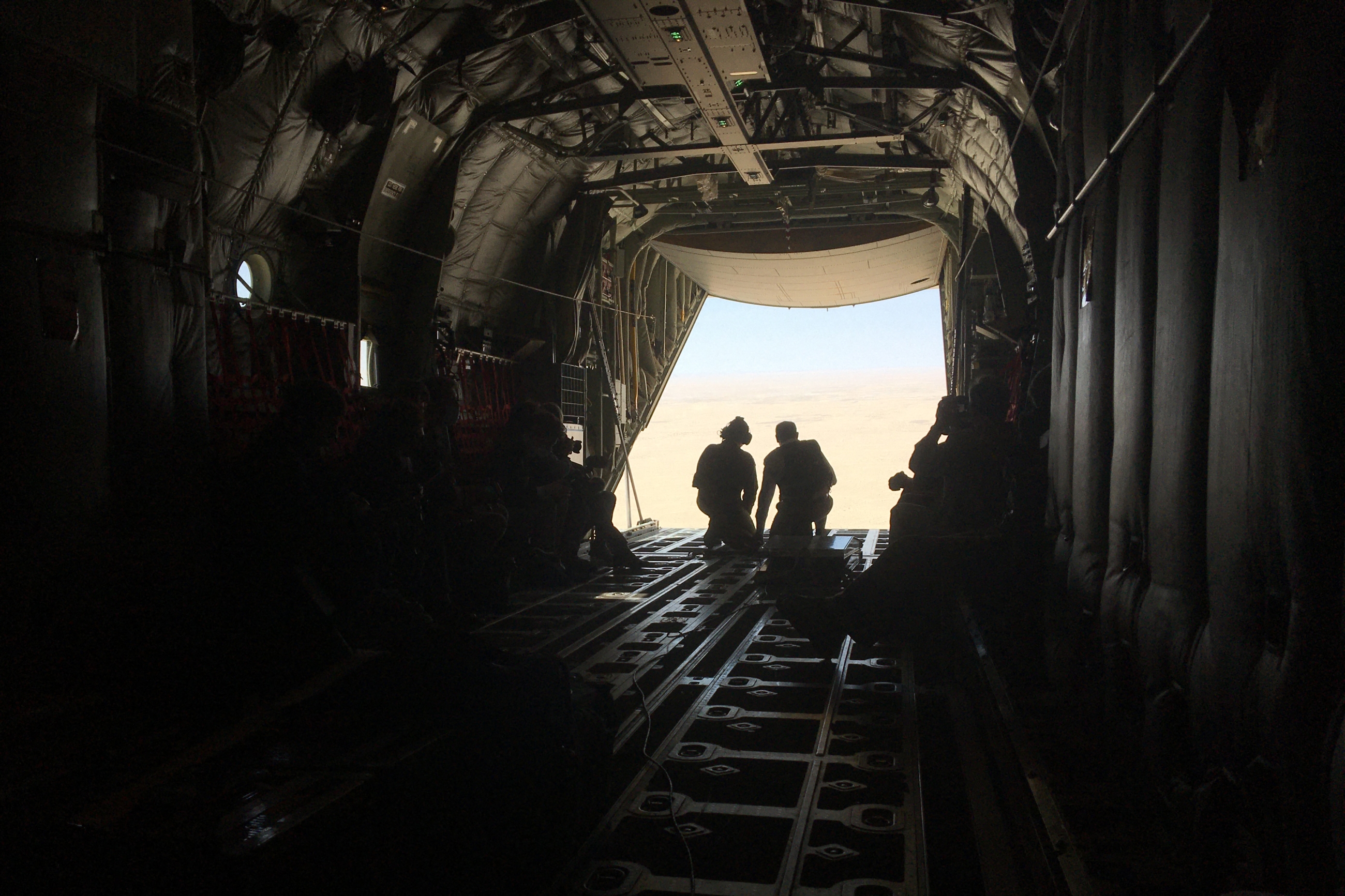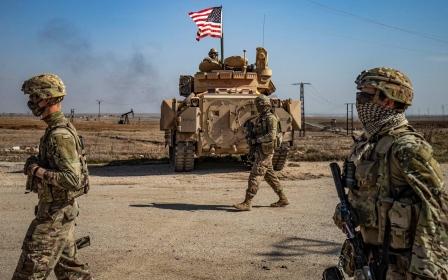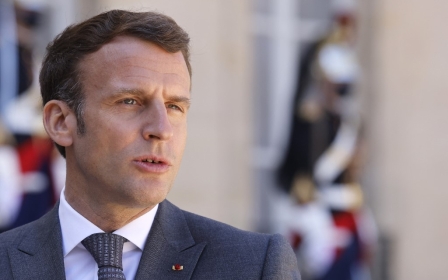Despite US operations, Somalia, Sahel drive increase in militant violence in Africa, report says

Violence in the Sahel region of Africa linked to “militant Islamist groups” has quadrupled in the past three years, according to a report from the Pentagon, despite an ongoing US counterterrorism mission in the area.
The September report from the Africa Center for Strategic Studies, the Pentagon’s academic institution focusing on the region, reveals that seven administrative districts in the Sahel are each projected to suffer more than 100 violent events in 2022, a threshold only ever crossed five times before.
The report comes months into ongoing US efforts to combat militant violence in the region.
In addition to the situation in the Sahel, years-long operations in Somalia targeting the militant group al-Shabab, namely, have yielded few results.
In May of this year, the US announced it would shift from a policy of need-based attendance in the country to one of “persistent presence”, deploying several hundred troops and taking on an “advise-and-assist position” without directly intervening, according to the Pentagon.
US Secretary of Defence John Kirby said in a May press conference that the new system would enable US forces to continue “training, advising and equipping partner forces to give them the tools that they need to disrupt, degrade and monitor al-Shabab”.
More violence
But despite persistent military operations, the report says the violence doubled in just the past three years.
The Africa Center says Somalia and the Sahel are driving a rise in militant attacks in Africa, with a 300 percent increase in the past decade, according to the report, which revealed that the two regions are key drivers in the rise of militant violence in Africa.
In 2021, John T Godfrey, then-acting coordinator for counterterrorism and acting special envoy for the Global Coalition to Defeat ISIS, characterised the US’s partnership with Somalia on counterterrorism efforts as “very strong”.
But according to the report, roughly 95 percent of the increase is in the western Sahel and Somalia from those "militant Islamist groups", with both the Islamic State group and al-Qaeda affiliated insurgencies at the root of expanded presence in the region.
The violent events in 2022 linked to these groups represent a 21-percent increase from last year, compared to the 18-percent average annual increase on the continent in the past decade. Fatalities linked to these groups have also been on the rise, reaching 14,635 in the past year - a nearly 50 percent increase since 2019.
In Somalia, the report marks an 11-percent increase in “militant Islamist events and fatalies” over the past year.
“The record 2,221 violent events reported are a 45-percent increase from the 3-year average from 2018-2020,” the report said.
Somalia's al-Shabaab was linked to 36 percent of all militant group violence recorded in Africa in the past year, according to the report.
Differences across regions
In North Africa, observers report a drop in militant activity and related violence - a trend continuing since 2015.
Such incidents in the region decreased by 23 percent over the past year, according to the report. Further, the report finds that “virtually all 222 violent events and 313 fatalities reported in North Africa” occurred in Egypt and were linked to the Islamic State in the Sinai Province - a 50 percent decline over the past 3 years.
“There has been progress in the fight against militant Islamist groups in Africa, though,” the report said. “Underscoring the great variance across regions, militant Islamist violence in the Lake Chad Basin and North Africa declined by 33 percent and 23 percent, respectively, over the last year.”
The report also covered a decrease in violence in the Lake Chad Basin and only a moderate increase in militant-related violence in Mozambique, compared to a reported spike between 2018 and 2020.
Meanwhile, French operations in the Sahel region continue. France's Operation Barkhan, launched in 2014 to quell a militant uprising in the region, is ongoing, involving over 5,000 soldiers at its peak.
The country’s withdrawal from Mali earlier this year meant a reorganisation of forces in other Sahel countries, including Burkina Faso, Chad and Niger. Think tanks have branded the withdrawal as inevitable given a history of rifts between Bamako and Paris.
Middle East Eye propose une couverture et une analyse indépendantes et incomparables du Moyen-Orient, de l’Afrique du Nord et d’autres régions du monde. Pour en savoir plus sur la reprise de ce contenu et les frais qui s’appliquent, veuillez remplir ce formulaire [en anglais]. Pour en savoir plus sur MEE, cliquez ici [en anglais].




